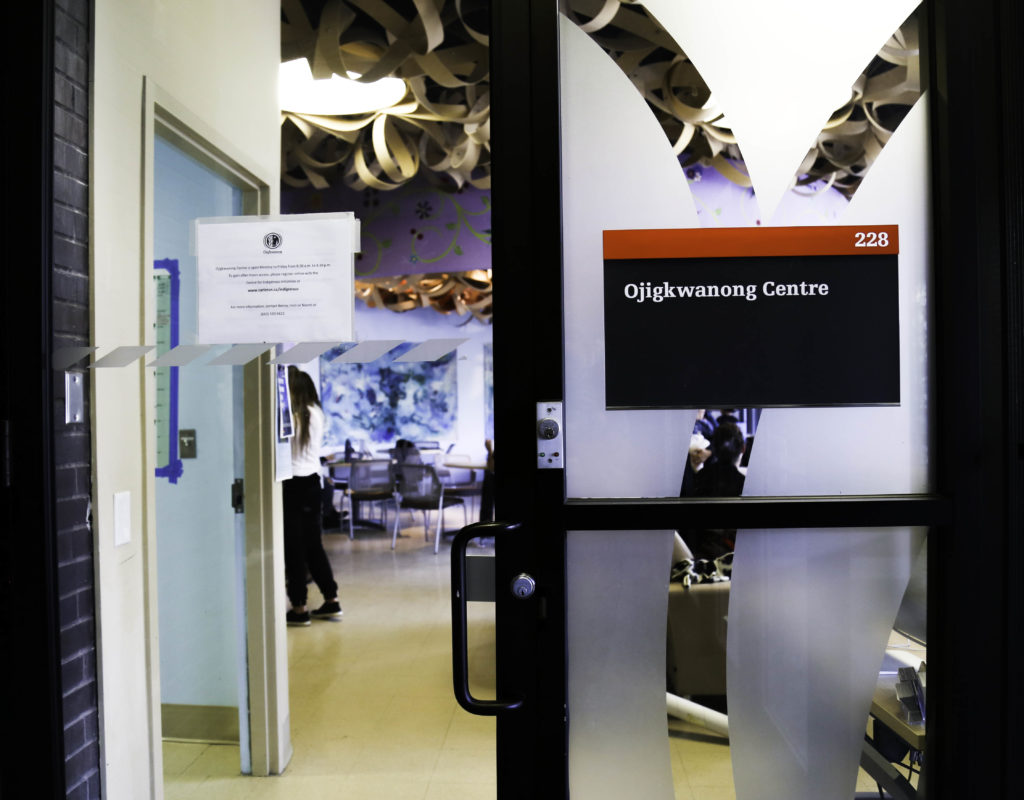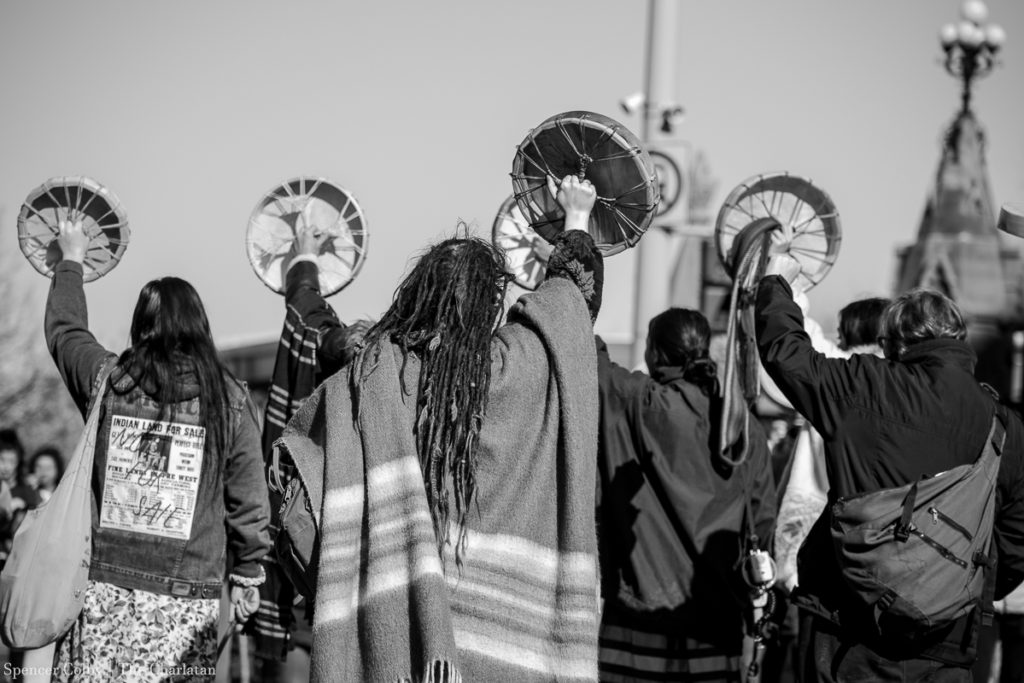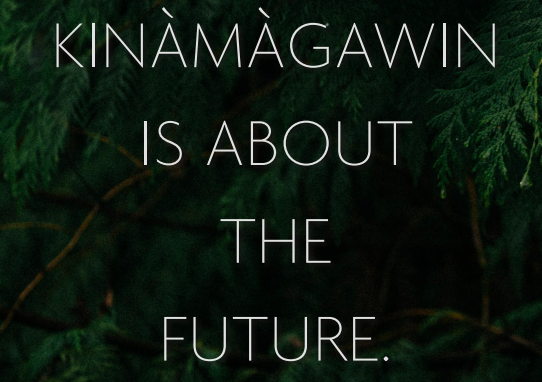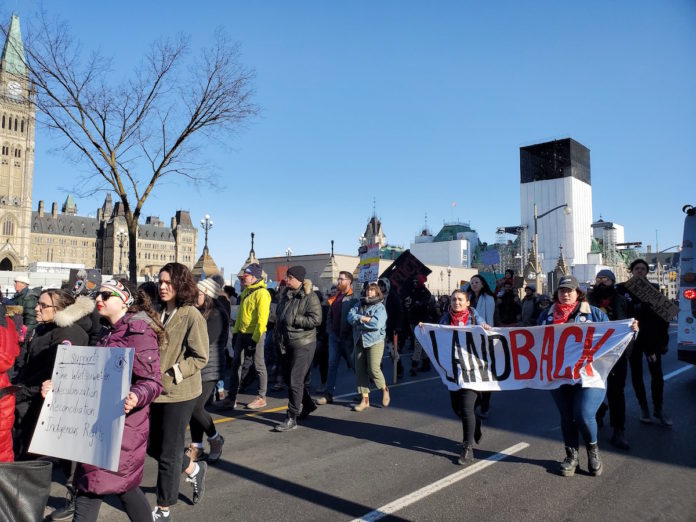Gail Gallagher has had to distance herself from her family and cancel a family reunion to stay safe from COVID-19. In March, she travelled from her home in Ottawa to Edmonton to defend her thesis and she found it difficult to return home.
Gallagher, who is First Nations Cree and a University of Alberta masters graduate, also received her masters degree virtually. She lives alone and she said that the pandemic has taken a toll on her mental health.
“COVID-19 has impacted me by greatly increasing my depression and anxiety,” she said. “I was worried first about getting sick and because I am isolated as I live alone, so couldn’t have in-person contact with close friends.”
A crowdsourced survey of approximately 1,400 Indigenous people by Statistics Canada showed that six out of 10 people’s mental health conditions worsened as a result of physical distancing. The crowdsourced data also revealed 41 per cent of Indigenous participants reported symptoms consistent with moderate or severe anxiety, whereas about 25 per cent of non-Indigenous participants reported similar symptoms—a 16 per cent difference between the demographics.
This is one of the many effects COVID-19 has had on Indigenous people in Canada.
On Aug. 25, the federal government announced it would provide $82.5 million to improve access to mental health services for Indigenous communities as demands for mental health services increased during the pandemic.

COVID-19 emphasizes existing strains
“The emergence of the global COVID-19 pandemic in March altered the lives of all students on campus, but Indigenous students have had to navigate unique circumstances,” Benny Michaud, director of the Centre of Indigenous Initiatives at Carleton, said in an email.
According to Michaud, concerns emerged about whether Indigenous students should return to their home communities or stay in the city to complete their studies. Some students who stayed in Ottawa found it difficult to return home due to travel restrictions.
National Chief Robert Bertrand of the Congress for Aboriginal Peoples (CAP), an organization that represents off-reserve Indigenous people, said in an email that Indigenous people living off the reserve are further affected by COVID-19 than the average Canadian because they are often unable to access government programs and services even pre-pandemic.
“In light of this and the health and employment impacts that COVID-19 has had on everyday life, off-reserve Indigenous peoples who already lack equitable government supports and access to services are further affected when we put those government systems to the test,” Bertrand said.
“Many individuals experience increased food insecurity, lack adequate housing, regular access to a physician and medication, and health and safety materials to best prevent COVID-19 transmission,” Bertrand added.
Michaud said that the Carleton Centre for Indigenous Initiatives has been supporting students through emergency funding, online learning supports, and by raising faculty awareness of the unique challenges faced by Indigenous students.

Systemic anti-Indigenous racism
The effect of COVID-19 on Indigenous communities, the growing number of missing and murdered Indigenous women in Canada, and the killing of several Indigenous people during police interactions in Canada have increased public consciousness to the systemic racism Indigenous people face each day. While this might be new information to some Canadians, for Indigenous people it is their lived reality.
“These acts of violence have had a very serious impact on the health and wellbeing of Indigenous peoples,” Michaud said. “They trigger memories of people’s own experiences with police or the impacts of intergenerational trauma caused by the violence of colonial rule.”
Gallagher said that as settler institutions, universities have a role to play in breaking down barriers for Indigenous people and moving towards reconciliation.
“[Institutional racism] is very blatant in classroom discussions and very evident from non-Indigenous students,” she said. “The white ones, who when they discuss, show their general lack of knowledge of Indigenous history and culture.”
Gallagher added that she experienced racism in her classrooms from non-Indigenous students and professors to the point where she had to walk out of the classroom.
“I have even had professors get angry with me because they seemed to blame me if I argued with the non-native students,” she said. “But some professors were very sympathetic to me.”
Lorraine Whitman, president of the Native Women’s Association of Canada (NWAC) said that for universities to be welcoming to Indigenous students, they should ask the students what will be welcoming to them, include Indigenous signage at the school, and ensure that faculty are educated in Indigenous backgrounds.
“Are Indigenous studies being taught at the universities and if they are, who are teaching those classes? And they should be taught by an Indigenous person who will be able to understand and give that extra understanding,” she said.
She added that non-Indigenous students can make universities safer for Indigenous students by educating themselves on Indigenous issues, tribes, and being respectful of Indigenous students’ ceremonies and culture. Whitman said schools should also provide safe spaces for Indigenous students to practise their culture and connect with others.

Carleton’s promise
The Carleton Centre for Indigenous Initiatives offers programs and services for Indigenous students, staff and faculty on campus to connect with others. The Ojigkwanong Student Centre specifically supports students through counselling, programming and a medicine lodge. Due to the COVID-19 pandemic, the centre has been offering virtual support for Indigenous students.
“Our cultural programming has shifted to an online delivery format and we have continued offering weekly virtual beading circles, bi-weekly Knowledge Keeper circles, individual counselling sessions with our Indigenous clinician, and other virtual supports as situations arise,” Michaud said.
In May, Carleton released a report, Kinàmàgawin, which Carleton’s communication department described as “a revitalized long-term Indigenous strategy with 41 calls to action to make Carleton a more welcoming space for current and future Indigenous students and faculty members.”
Kinàmàgawin comes after an 18-month consultation by the Carleton University Strategic Indigenous Initiatives Committee (CUSIIC) with faculty, students, and staff members across Carleton to create a strategy to engage with Indigenous communities. The report summarizes the consultations the committee had with the Carleton Community.
The 41 calls to action at the end of the report are divided into seven sections: community engagement; Indigenous academic and cultural student support; student experiences with recruitment, retirement and graduation; ways of teaching and learning Indigenous knowledge and awareness; culture, systems and structure; research and innovation; and staff, faculty, and student metrics.
The twenty-first call to action listed in the report is supposed to ensure that every student graduating from Carleton has a basic knowledge of Indigenous history and culture.
This is a call to action currently on the minds of some Carleton faculty members. In 2018, Kahente Horn-Miller, an Indigenous and Canadian Studies professor at Carleton, developed the Indigenous Collaborative Learning Bundles project as a resource for professors to integrate Indigenous content into their classrooms and courses.
Gallagher said incorporating Indigenous studies into university programs can help with dismantling anti-Indigenous racism.
“They should be mandatory in all university departments so that all students have to take them as part of their degree,” she said.
“A lot more awareness-building campaigning needs to happen and a lot more education that Indigenous people are valued contributing members of society,” she said. “There are a lot of racist stereotypes that exist [about] Indigenous people and our way of life.”
Michaud added that the increase in public consciousness about anti-Indigenous racism will hopefully make Canadians less dismissive of the lived reality of Indigenous and Black people.
“What is happening now with the images of violence towards Indigenous and Black people being so prevalent and in the news, is hopefully something that will raise the consciousness of Canadians and make it so that moving forward, this reality and these lived experiences will not be challenged in the way that it has been historically.”
— With files from James Kerr
Featured image from file.






